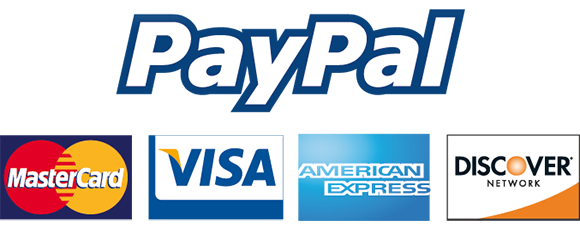At the end of bell hooks’ essay “Eating the Other” she stresses the importance of refraining from “accept[ing] these new images uncritically.” The “new images” to which she refers are cu
At the end of bell hooks’ essay “Eating the Other” she stresses the importance of refraining from “accept[ing] these new images uncritically.” The “new images” to which she refers are culled from an assortment of cultural images from early 1990’s (when hooks was writing) expressing some sort of desire for/or toward the Other. It is important to note that hooks is not advocating for a kneejerk disapproval and condemnation of such images; she is asking us to consider these images carefully by bringing any overlooked social context “out into the open” in an effort to better understand “our politics [and] our understanding of difference” (380).
In this essay, we will consider an array of cultural images of the Other from our own time, roughly 27 years after hook’s essay. (I will explain where these images can come from in the options below.) These images may—like those hooks looks at—express desire, but they may just as easily express distrust, love, anger, veneration, or some combination of many other complicated feelings. You will try to answer the questions like the following: What do these images express in regard to race or the Other? What assumptions about identity are implicit in these images and that we may overlook? How do I relate to these images? What do these images exemplify about larger social, cultural or political trends?
Requirements
- You will need to position your critical project in relation to “Eating the Other” and hook’s essay. You may be expanding or contrasting hook’s points, but either way, you need to define your project as picking up where she left off 27 years ago. She can also help provide a way to analyze the images you are now looking at.
- You must look at least two images/examples (preferably no more than three). There are two different options as to where these images can come from:
Option 1: Some combination of a) Jordan Peel’s Get Out (2016), b) an artists’ work featured in the Carnegie International exhibition at the Carnegie Museum of Art, c) a relatively recent advertisement (e.g. a print ad in a magazine, sponsored instagram story, a television commercial, etc).
Option 2: Any works from the exhibition “Familiar Boundaries. Infinite Possibilities” on now at the August Wilson Center. https://aacc-awc.org/program/fbip/ (Free! Open Wed, Thu 11am-6pm—Fri, Sat 11am-8pm—Sun 11am-5pm.)
Suggestions:
- As I see it, you might choose to organize your essay around how the images you are looking at facilitate a deeper consideration of hooks’ essay. However, you could also choose to organize your essay around how hooks’ points help you interrogate these images. Both are valid strategies.
- It is okay to indulge in uncertainty and openly suggest ideas without buying into them. You can also set up big questions without coming to definitive conclusions.
- If you engage with Get Out, don’t (exclusively) talk about the movie as a whole. Look at an image, moment, or individual scene from the film that expresses something in particular. (I would also suggest something other than what we talked about in class, to develop your own ideas.)
- Also, regarding Get Out, you do not need to provide a detailed recap of the film. Only include details that are relevant to your essay not a full plot summary. Imagine your audience as an educated person that may not have seen the film, but knows the type.
- For any other images or artworks you engage with, you will need to provide enough context and description for your reader to follow along.
Skills to Keep in Mind
- Working with multiple “texts;” bringing them together in a clear and concise manner.
- Using our own experience as evidence.
- Assembling evidence and analysis to build up to a place where you can reflect on larger questions to suggest more relatable ideas.
- Representing others’ ideas efficiently and honestly in your own writing.
Further Requirements
- Your essay needs to be longer than 1400 words (and preferably no longer than 1800).
- You will need to work with hook’s essay to some extent. The amount of engagement is up to you.
- Save your essay as a Word file, put your name in the filename, and submit through courseweb.
- Include page numbers and a title on your submission.
- Your paper’s title should be specific enough to provide a sense of direction to your reader. In the humanities scholarship titles are often very long and descriptive because readers usually want to know what they are getting into ahead of time.
- Bad Title: “the Other”
- Better: “Eating the Other and Get Out”
- Still Better Title: “Eating Ourselves: Self-Representations of the Other in Jordan Peele’s Get Out”
- If you paraphrase an idea from somewhere else without attribution, you are plagiarizing. You can use footnotes or endnotes if you want. You can use any typical citation style. I like Chicago, but MLA and APA are also fine.
ORDER YOUR ORIGINAL PAPER
Request for a custom paper or place a new order
THE BEST CUSTOM ESSAY WRITING SERVICE AT YOUR FINGERTIPS
Forget All Your Assignment & Essay Related Worries By Simply Filling Order Form


